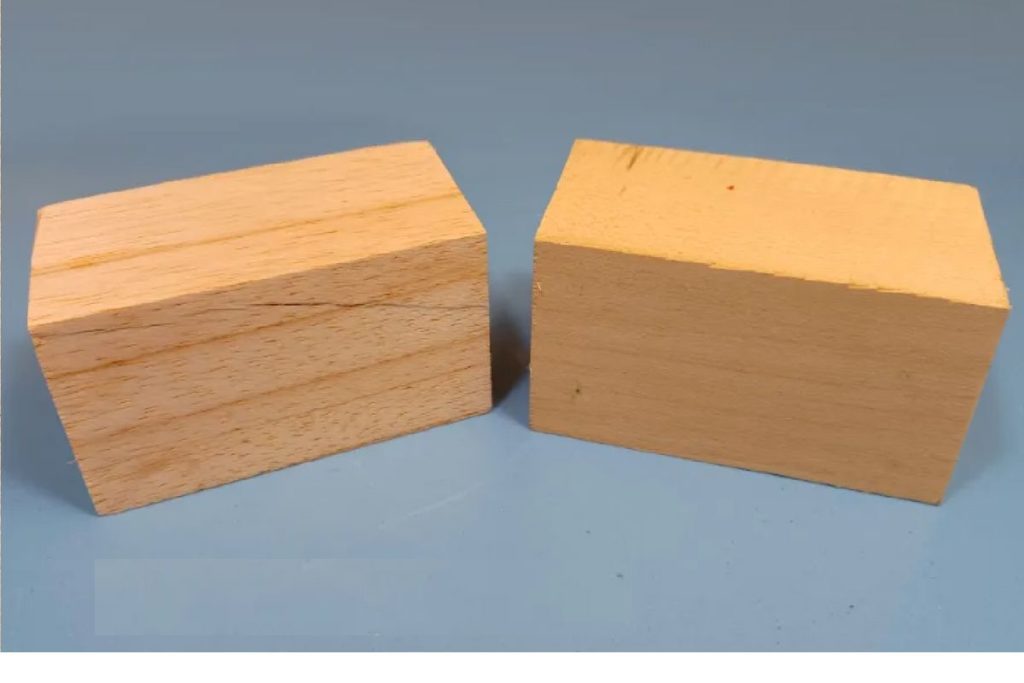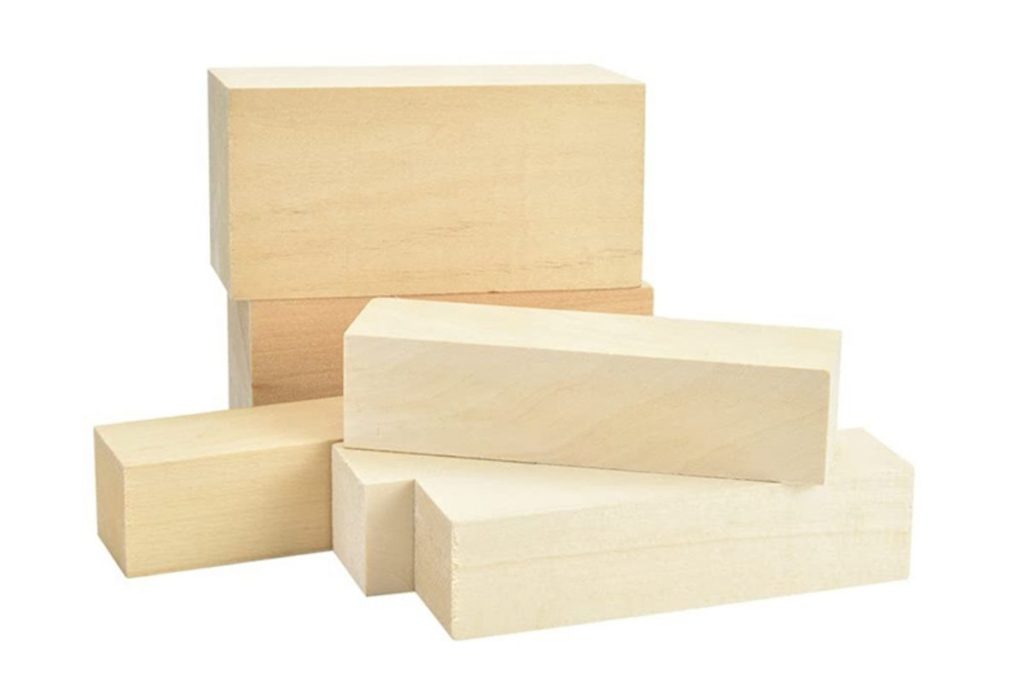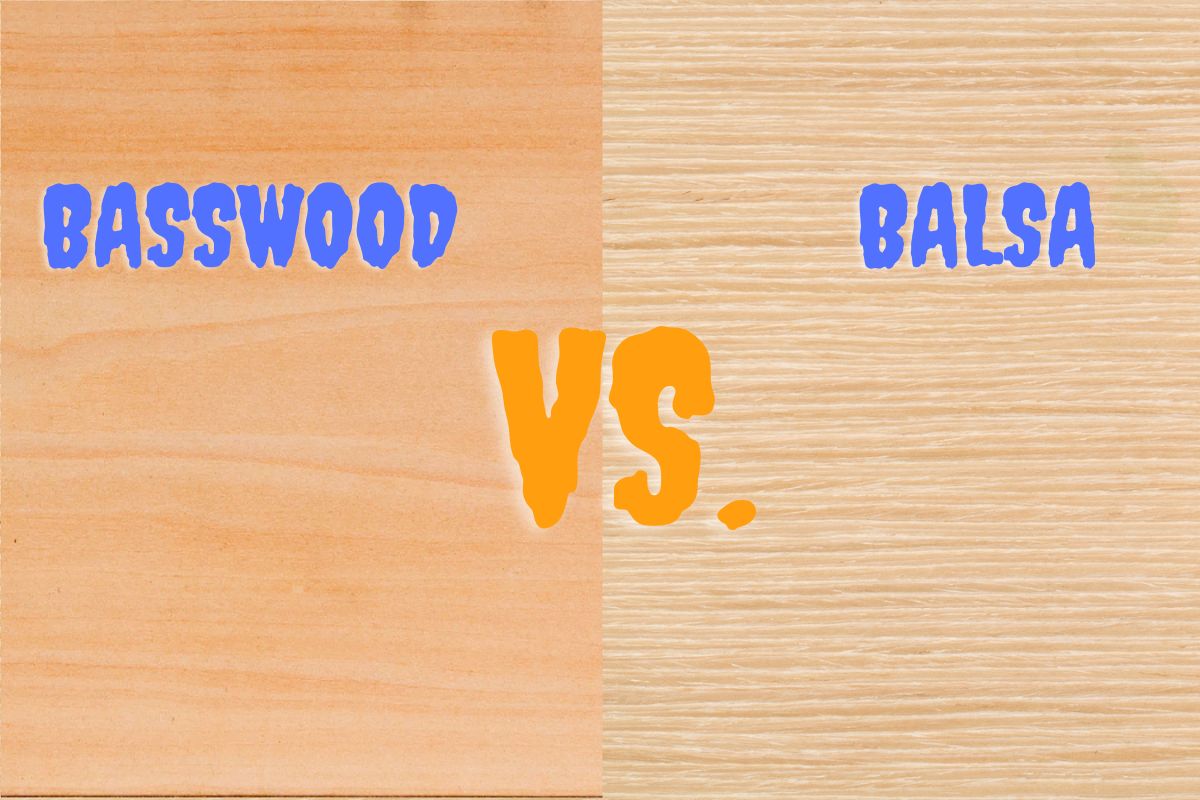Balsawood and Basswood are valued for their lightweight compared to other commercially available wood varieties. Crafters also favor these two types of woods, considering their availability and workability. Balsawood is lightweight and used mainly in constructing bridges, buoys, and model airplanes. Basswood, on the other hand, is the preferred material by woodcarvers. This wood is inexpensive and simple to carve with different wood varieties.
While both balsawood and Basswood are at the low end of Janka hardness scale, often used to compare different varieties of wood, these woods have numerous traits that distinguish them from one another. This Basswood vs balsa information somehow reveals and explains the differences between these two types of woods.
Basswood vs. Balsa-Defining Each Wood

Balsa is a kind of tree. We have learned other people said that they did not realize this until they began researching. Balsa is a fast grower, and for about six years, this is ready for harvest. Balsa wood is one of the lightest types, and the reason behind this is cell structure. They’re big; however, their walls are thin. Compared to other trees, balsa has a smaller solid matter to open up space ratio. Balsa also contains a small quantity of lignin, the stuff responsible for holding the cells together.
This wood comes in a light color and is known for its open pores. Such pores indicate that balsa wood can suck up applied stain or dye, so most do not dye it. Balsa is strong concerning the wood ‘s weight. Experts said that balsa wood is easy to work with and simple to sand; however, it must be cut using sharp edges. Glue it instead of using screws and nails.
Another cool thing about this wood is that it is buoyant and an excellent insulator against vibrations and fluctuations in temperature. This is also used in artificial limbs, flotation devices, and insulation.
On the other hand, Basswood, also called American lime and linden, is tall and can grow up to 124 feet. Like the balsa wood, this wood is also lightweight and soft but categorized as hardwood. Basswood does not grow immediately. It grows only 13 to 24 inches every year. A basswood tree would need about 20 years to become 20-30 feet high.
Interestingly, Basswood doesn’t have an odor, and this remains odorless even when you’re working with it. This wood is also known for its lighter texture but is not really as light as the balsa. Basswood is also fine-grained. Though this is considered a hardwood, the Basswood has the right softness that makes it an ideal choice for instrument and furniture making and carving.
Basswood vs Balsa-Highlighting the Differences

No woods are created equal, and whether we like it or not, we must accept that differences between these woods exist. Of course, there are similarities, but people are often focused on what makes woods different from the others. The following highlights the Basswood vs balsa differences that you deserve to know.
- Best Points and Drawbacks
Basswood and balsa both have their best points and drawbacks. When we talk about balsa wood, you might be surprised when you pick up a slab or board of the wood material. This is lightweight and has a high strength-to-weight ratio; thus, this wood is an excellent choice for structures like planes, homemade gliders, etc. Balsa wood is porous, making it highly receptive to glue.
Balsa wood can be soaked in water to shape and flex it. This can retain its shape if it’s clamped or curved while drying. This wood is more available than the Basswood. When it comes to drawbacks, the extreme porosity of balsa can be a disadvantage. Since this wood is porous, this can absorb moisture like a sponge that modifies its weight. Changes in humidity in balsa wood can cause warping. Consistency might also be another concern.
Basswood’s benefits include being lightweight, less vulnerable to warping, and more durable. This wood is not prone to absorbing moisture. Therefore, it won’t change its density or shape when kept in humid conditions. Basswood is soft enough for carving and consistent in strength, texture, and density throughout every piece, making it ideal for woodcarvers.
Basswood bends a little more than balsa wood when used in the same applications as part of its drawbacks. This wood might also bow when building model bridges using narrow and long pieces. Basswood is harder to sand than balsa wood. Basswood is heavier than balsa wood.
- Density, Grain, and Texture
Balsa wood is known to display straight grain with large pores and diffuse-porous end grain when it comes to grain. Due to its fast growth, balsa wood has a low density of only about 0.11 g/cm³. Basswood also has a low density, but however higher than balsa wood. Basswood’s density is 32 g/cm³.
Basswood vs balsa texture comparison reveals that the texture of balsa wood ranges from medium to coarse. On the other hand, Basswood’s grain is indistinct, refined, and delicate. This wood also has a low natural shine. On the other hand, Basswood has a uniformed and soft texture with a natural and moderate glow.
- Basswood vs balsa Workability
This is one of the leading woods for woodcarving, but it doesn’t handle nails well; however, finishes and glues nicely. Balsa wood can’t take nails nicely and glue is a better option to include. This wood is easy to work with however; low density can be an issue especially when utilizing dull clutters. Basswood is also easy to work with due to its soft texture and light weight.
Conclusion
With all the Basswood vs balsa comparisons, you now learn how these two types of woods differ. You might as well clearly understand the features and characteristics displayed by each wood and the best points and drawbacks and differences in terms of workability, density, grain, and texture. You can use what you have learned to decide what type of wood to choose for your particular projects.

Leave a Reply